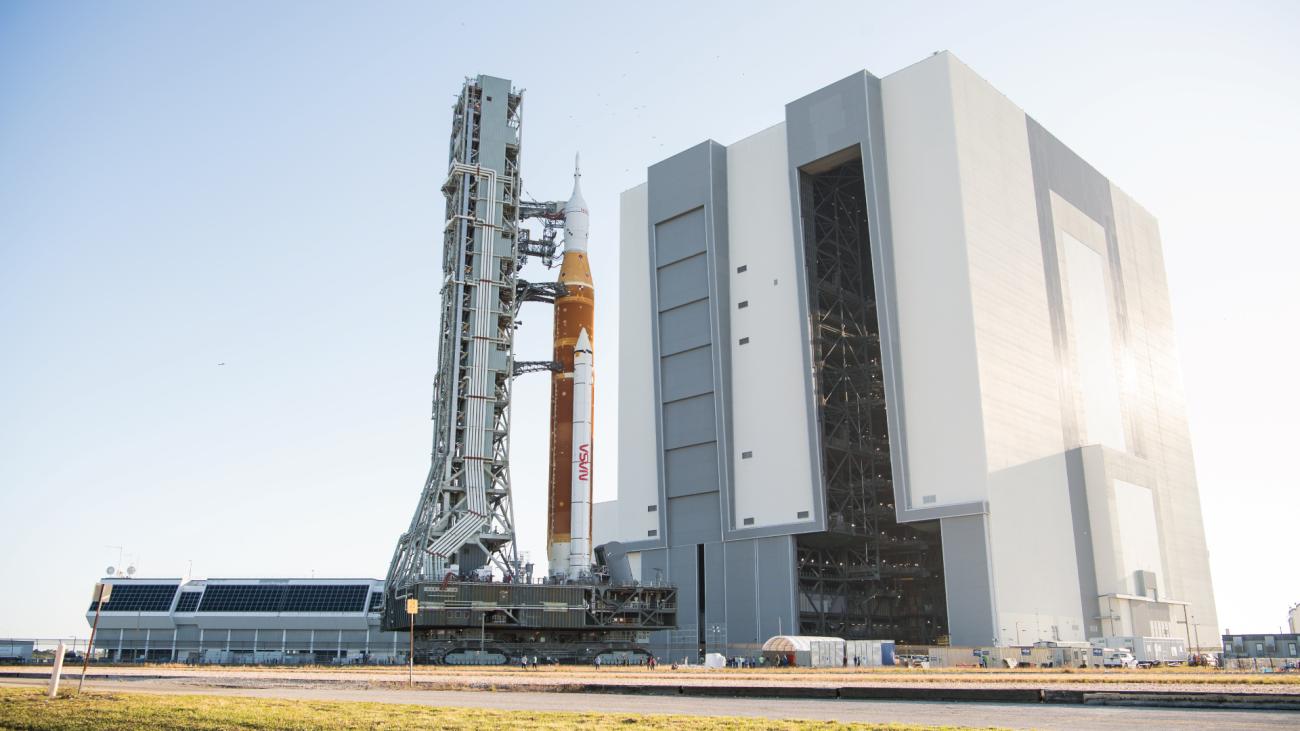We’re heading to the Moon and maybe Mars — so who owns them?
Humanity is set to make a return to the Moon with the Artemis program, in what NASA says is a first step to Mars. So, who gets first dibs?
Dr. Aaron Boley, a professor in UBC’s Department of Physics and Astronomy, discusses the mission’s plans and why we need to sort out access and resource rights before we return to the lunar surface.
What’s going on with the moon right now?
There’s a push to have a sustained presence on the Moon by many players, including the United States, China, and Russia. One such effort is NASA’s Artemis 1 launch, a three-part mission that starts with an unmanned launch and results in returning people to the lunar surface.
We have decades of experience operating in a low Earth orbit — but lunar operations are vastly different. And while there is experience from the Apollo missions 50 years ago, the goal is now to build a sustained human presence with critical support infrastructure. An orbiting station will provide a connection between Earth and the Moon for more complex operations. This program will also allow humans to learn how to extract and use resources in space, a requirement for a sustained human presence off Earth. For example, you could harvest lunar ice and use it for radiation shielding, life support, and fuel.
A lunar presence will also open up science opportunities in orbit and on the surface, including detailed lunar chronology using surface samples and sites, which could provide information about the Earth’s history in the Solar System.
Does it matter who owns space?
Putting a flag on the Moon or in space doesn’t mean you own it. However, the question then becomes, if you take something from space do you then own it? If someone picks up a moon rock, ice, or other resource, does that rock, resource, or even the information you learn from it, belong to that person? Having multilateral agreements that address these questions is crucial, preferably before we go. We also need to have conflict resolution protocols in place should two powerful groups want the same resource, or if a company discovers important scientific information that should be available publicly. And how are we going to address cultural and natural heritage?
The current corpus of international law applied to space, including the 1967 Outer Space Treaty, provides an important foundation, but is not able to answer these questions alone. The United States has been promoting the Artemis Accords, a political commitment toward a particular vision for cooperation on the Moon — Canada is a signatory. But these have not been negotiated multilaterally. In contrast, a working group has been established at the UN Committee on the Peaceful Uses of Outer Space to reach an international understanding of resource utilization on celestial bodies. But such work takes time, and countries are racing to establish practices that might influence the outcome of that process.
Why are these agreements important?
What we may see without agreements is countries testing each other’s limits in space, similar to the testing of claims of sovereignty in, say, seas on Earth. For example, a rover may be driven close to another country’s activities just to make a point concerning free access. We also want to avoid the loss of scientific information or opportunities due to a lack of data sharing or reckless activities. And we need to recognize that the path should not be decided by just a handful of states.
To explore the Moon is to ask questions about the origin of Earth and humanity. Historically, space has been a stabilizing influence for humanity because you have to work together in such a harsh environment otherwise things go wrong pretty quickly. The International Space Station and Cospas-Sarsat are testaments to this.

































